The Ultimate Guide to Storing Comic Books: Keep Your Collection Safe and Sound
Comic book collectors know that each issue is more than just a story; it’s a piece of art, a slice of history, and sometimes, an investment worth protecting. Whether you’re new to the comic book scene or a seasoned collector, properly storing and protecting your comic books is essential to preserving their value and condition. In this guide, we'll dive into the best practices for storing comic books, including the right boxes, plastic wraps, and materials to use. And, because we know you’re here for more than just the technical details, we’ll sprinkle in some light humor and human touch to keep things fun and engaging. Consult a comic book professional before storing your collection.
Why Proper Comic Book Storage Matters
Before we get into the nitty-gritty of comic book storage, let’s talk about why it’s so important. Comic books are made of paper, and paper is vulnerable to a host of environmental factors—light, moisture, temperature changes, and even the oils from your hands can all contribute to the degradation of your beloved issues. Proper storage helps protect your comics from these elements, ensuring they remain in pristine condition for years to come.
Humorous Note: Think of it this way—your comic books are like superhero sidekicks. They need protection to stay in top fighting form, and you’re their trusty guardian, armed with acid-free boxes and Mylar sleeves.
The Basics of Comic Book Storage
Clean Hands and Workspace
Before handling your comic books, make sure your hands are clean and dry. Avoid eating that greasy slice of pizza while flipping through your mint-condition copy of Amazing Fantasy #15 (Spider-Man’s first appearance, for those who don’t know). It’s also a good idea to have a clean, flat workspace where you can safely lay out your comics.
Bagging and Boarding
One of the first steps in protecting your comic books is to bag and board them. This provides a basic level of protection against dust, dirt, and handling.
Bags: Use polyethylene, polypropylene, or Mylar bags. Polyethylene and polypropylene are more affordable, while Mylar offers superior protection and durability. Mylar is a bit pricier but is worth the investment for high-value comics.
Boards: Acid-free backing boards are essential to prevent warping and bending. These boards provide rigidity and support, keeping your comics flat and crease-free.
Pro Tip: Insert the comic into the bag with the board behind it, making sure the comic’s spine is aligned with the edge of the board. This ensures even support and prevents the comic from sliding around inside the bag.
Light Humor: Think of bagging and boarding as giving your comic books a comfy, protective suit—like Iron Man’s armor, but for pages.
Choosing the Right Storage Boxes
Once your comics are bagged and boarded, it’s time to store them in boxes. But not just any box will do—comic book storage boxes are specially designed to protect your collection.
Short Boxes vs. Long Boxes
Short Boxes: These boxes typically hold about 150-200 bagged and boarded comics. They’re easier to handle and move around, making them a great choice for collectors who need to access their comics frequently.
Long Boxes: These boxes can hold around 250-300 bagged and boarded comics. While they offer more storage space, they can become quite heavy when full, so they’re best for long-term storage where frequent access isn’t required.
Pro Tip: Label your boxes with the series and issue numbers inside. This makes it easier to find specific comics without having to dig through every box.
Light Humor: Think of short boxes as your comic book carry-on luggage, perfect for frequent flyers. Long boxes are your heavy-duty checked baggage—great for long hauls, but you wouldn’t want to lug them around too often.
Acid-Free and Archival-Quality
When choosing storage boxes, look for acid-free and archival-quality options. Acid-free materials prevent the paper from yellowing and degrading over time, ensuring your comics stay in the best possible condition.
Controlling the Storage Environment
Environmental factors play a significant role in the preservation of your comic books. Here are some tips to create the ideal storage environment:
Temperature and Humidity
Temperature: Store your comics in a cool, stable environment. Avoid attics, basements, and garages where temperatures can fluctuate dramatically. Aim for a consistent temperature around 65-70°F (18-21°C).
Humidity: High humidity levels can lead to mold and mildew, while low humidity can make the paper brittle. Aim for a relative humidity level of around 40-50%. Use a dehumidifier if necessary to maintain optimal conditions.
Pro Tip: Invest in a hygrometer to monitor the humidity levels in your storage area. This inexpensive device can help you keep your comics safe from moisture-related damage.
Light Humor: Your comics don’t like extremes—treat them like houseplants. Too hot, too cold, too dry, or too humid, and they’ll start to wilt (or, in this case, warp and mold).
Light Exposure
UV Light: UV light is a comic book’s arch-nemesis, causing colors to fade and paper to weaken. Store your comics in a dark place away from direct sunlight. If you must display them, use UV-protective glass or acrylic frames.
Artificial Light: Even artificial light can cause damage over time. Use low-wattage bulbs and limit exposure as much as possible.
Pro Tip: For long-term storage, consider using opaque storage bins or boxes with lids to block out light completely.
Light Humor: Think of UV light as the comic book world’s equivalent of kryptonite. It might not make them weak to their knees, but it’ll definitely fade that vibrant cover art.
Handling Your Comic Books
Proper handling is just as important as proper storage. Here are some tips to keep your comics in mint condition:
Clean Hands: Always handle comics with clean, dry hands. Consider wearing cotton gloves for added protection, especially when handling valuable issues.
Avoid Bending: Support the comic from underneath to avoid bending or creasing the spine. Hold it with both hands and avoid gripping the edges too tightly.
Minimal Handling: The less you handle your comics, the better. If you need to read them, consider using digital copies or reprints to preserve the originals.
Pro Tip: Use a reading mat to protect the comic’s edges and corners while you flip through the pages. This extra layer of protection can prevent accidental damage.
Light Humor: Handling comic books is like holding a newborn—gentle, careful, and with a healthy dose of awe.
Advanced Storage Techniques
For serious collectors with high-value comics, advanced storage techniques can provide an extra layer of protection.
Mylar Sleeves
Mylar sleeves are the gold standard for comic book storage. They offer superior protection against moisture, dust, and UV light. Mylar is also chemically stable and won’t degrade over time.
Pro Tip: Use double-thickness Mylar sleeves for added durability, especially for rare or valuable comics.
Light Humor: Mylar sleeves are like the high-tech superhero suit of comic book storage—impervious to the elements and ready for anything.
Archival Boxes
Archival boxes are designed for long-term preservation. They are made from acid-free, lignin-free materials and provide excellent protection against environmental factors.
Pro Tip: Use desiccant packets inside archival boxes to absorb any residual moisture and keep your comics dry.
Displaying Your Comic Books
Displaying your comic books can be a great way to enjoy them while keeping them protected. Here are some tips for safe display:
UV-Protective Frames: Use UV-protective glass or acrylic frames to display your comics without exposing them to harmful light.
Rotation: Rotate your displayed comics periodically to prevent any one issue from being exposed to light for too long.
Climate Control: Ensure that the display area is climate-controlled, with stable temperature and humidity levels.
Pro Tip: Use acid-free backing boards and mountings to prevent any damage to the comic’s surface while on display.
Light Humor: Displaying your comics is like giving them their own little art gallery—minus the snooty critics and overpriced lattes.
In Conclusion
Properly storing your comic books is essential to preserving their value and condition. By following these tips and investing in quality storage materials, you can ensure that your collection remains safe and sound for years to come. Remember to handle your comics with care, control the storage environment, and use the right protective materials to keep your comics in top shape.
Whether you’re a seasoned collector or just starting out, taking the time to properly store and protect your comic books will pay off in the long run. Your future self (and your collection) will thank you! Buy comic books at CycloneSale.com now and make sure to protect your collection.



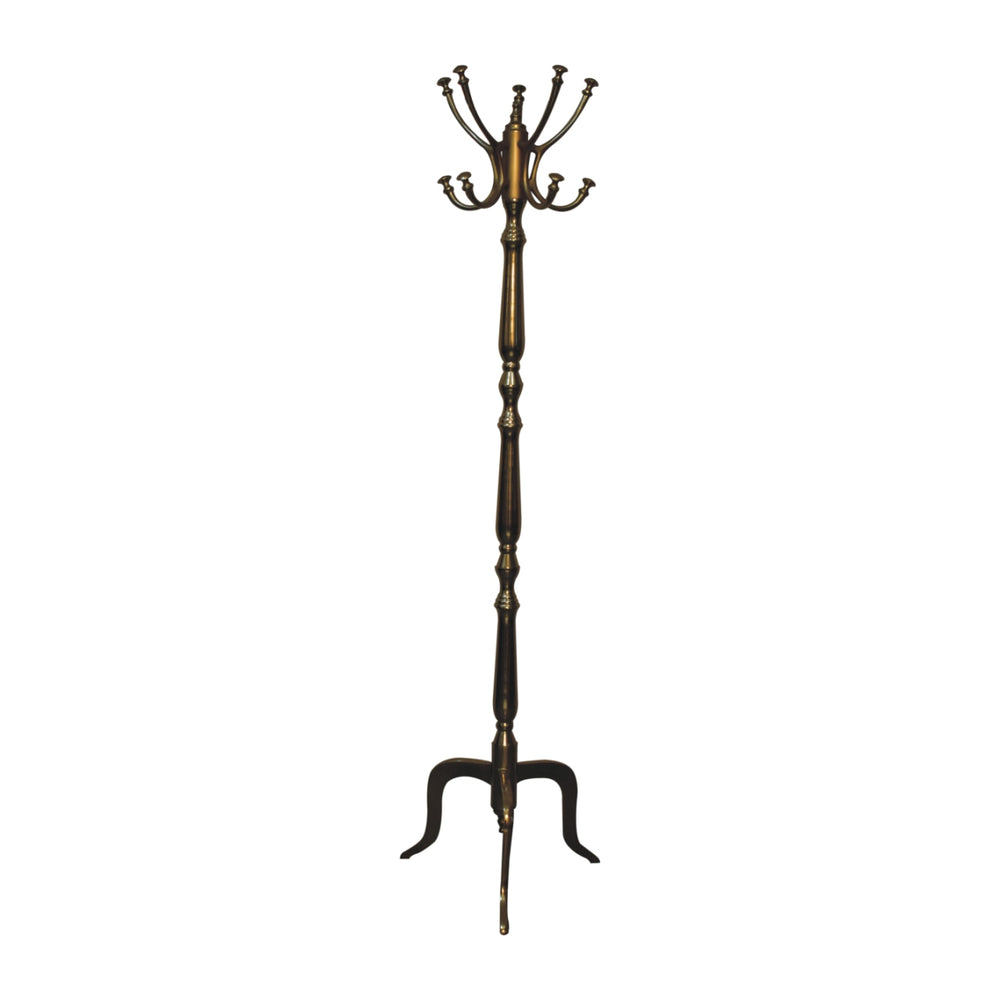






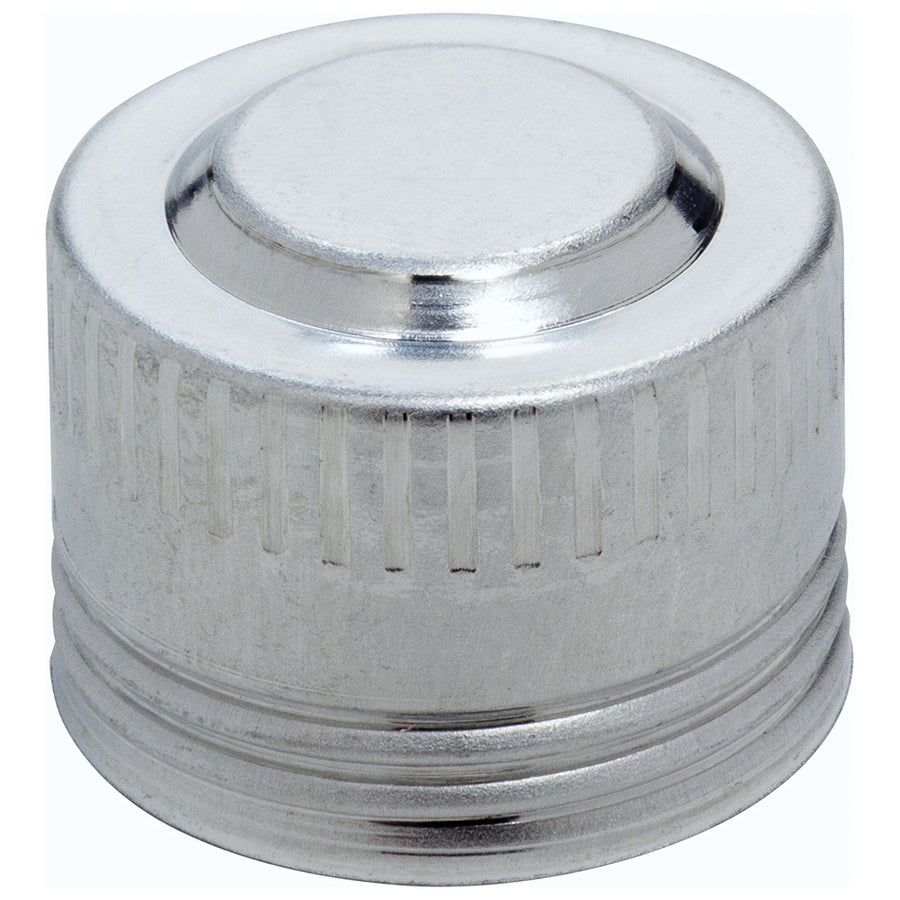















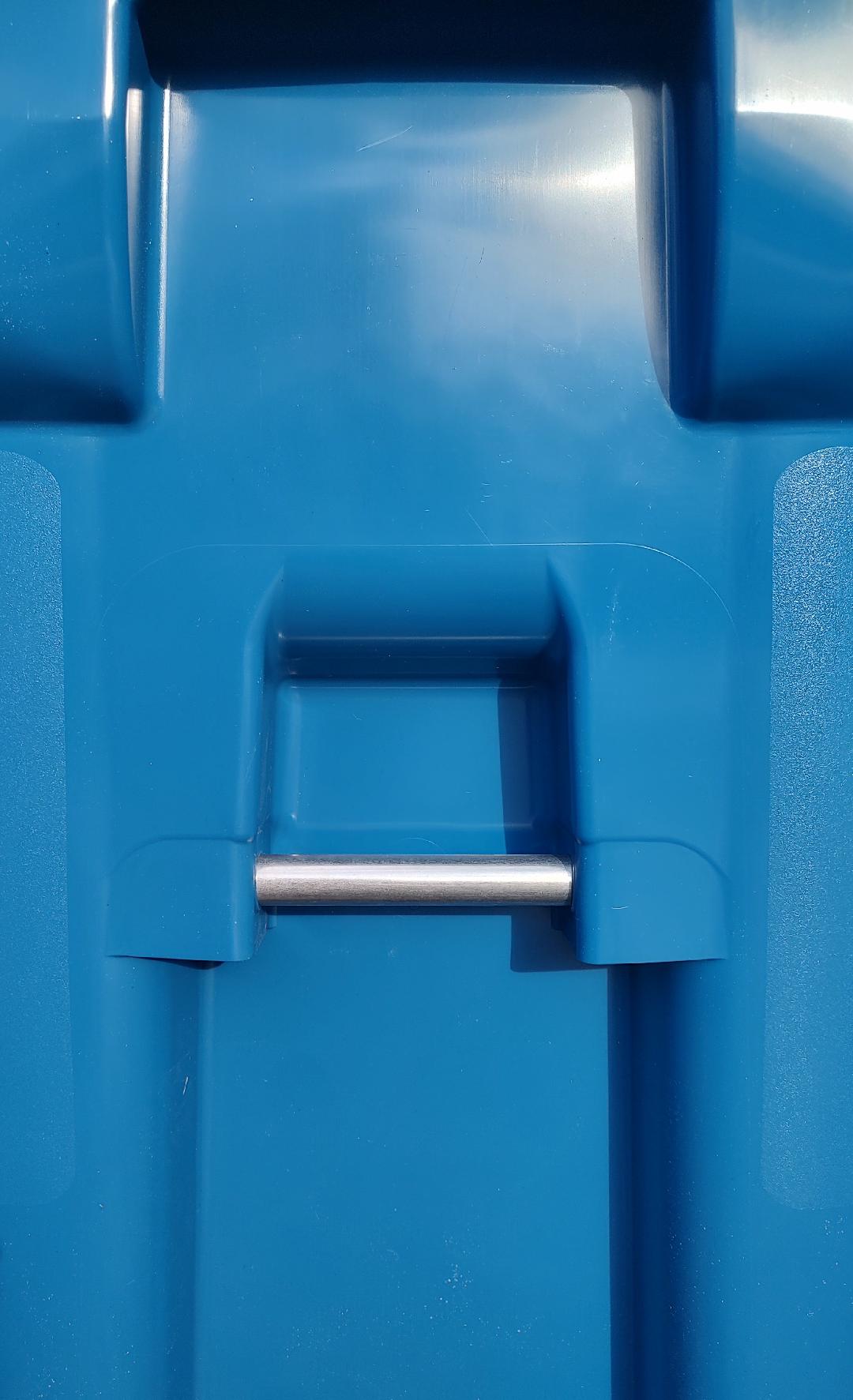








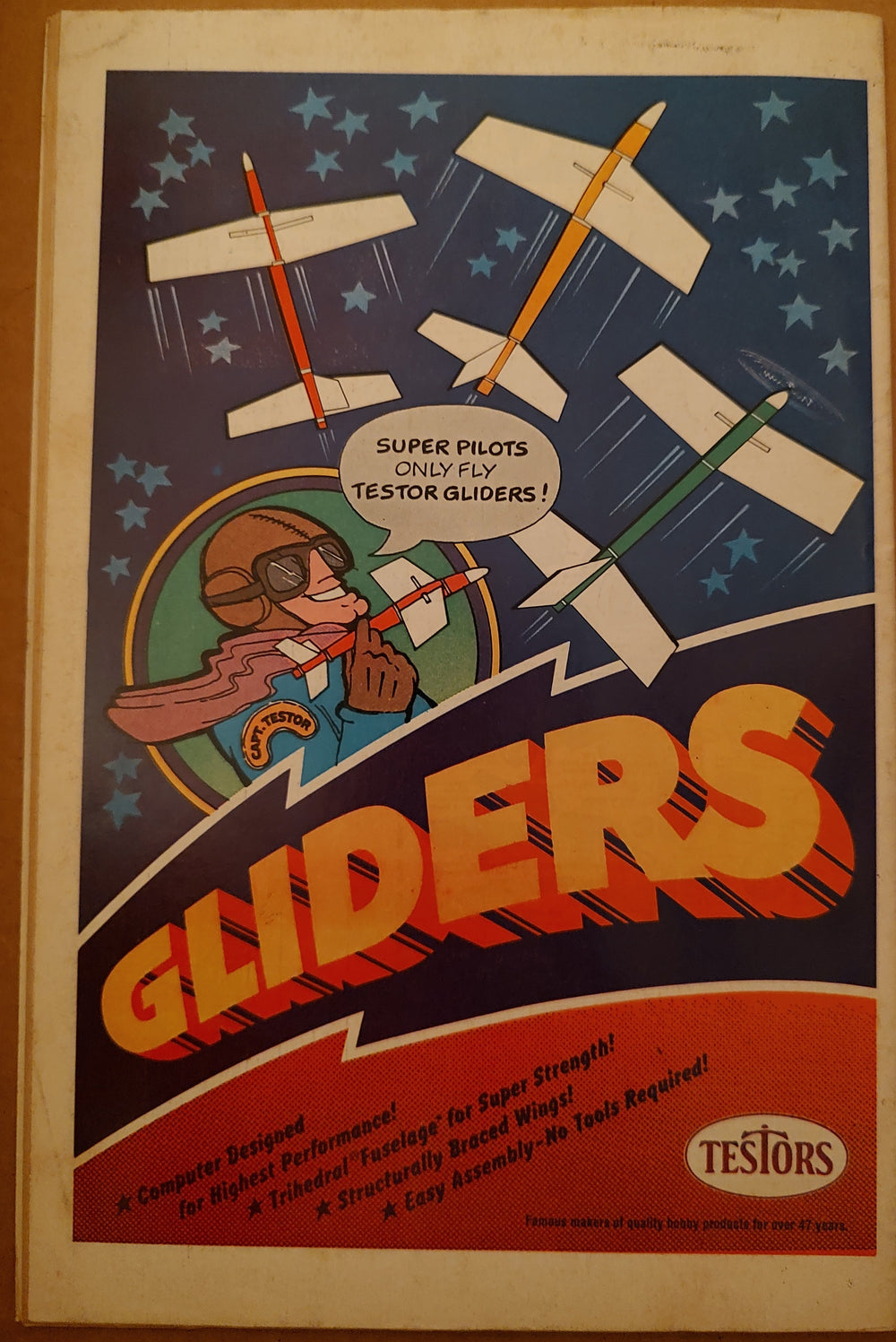
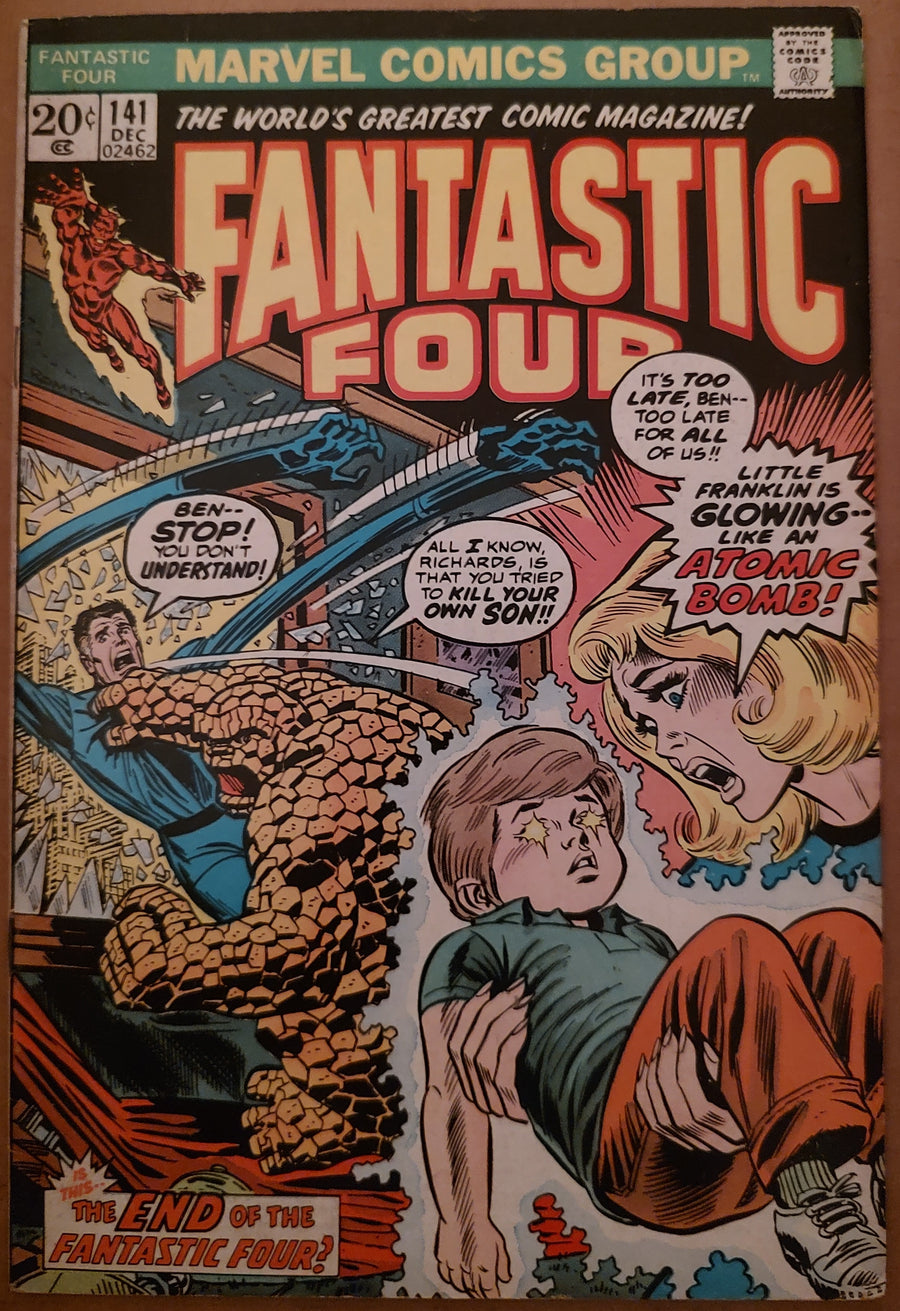



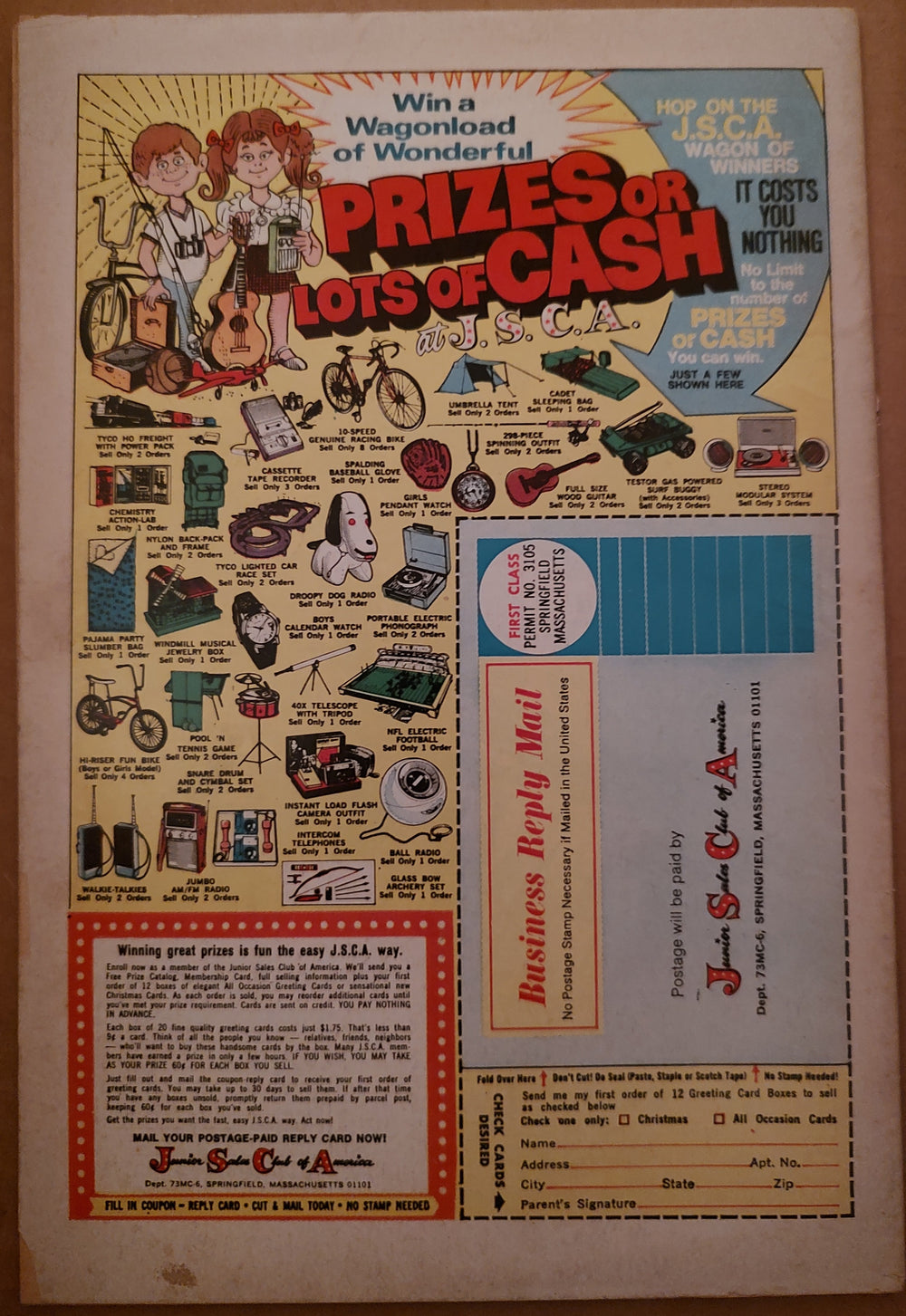






Leave a comment